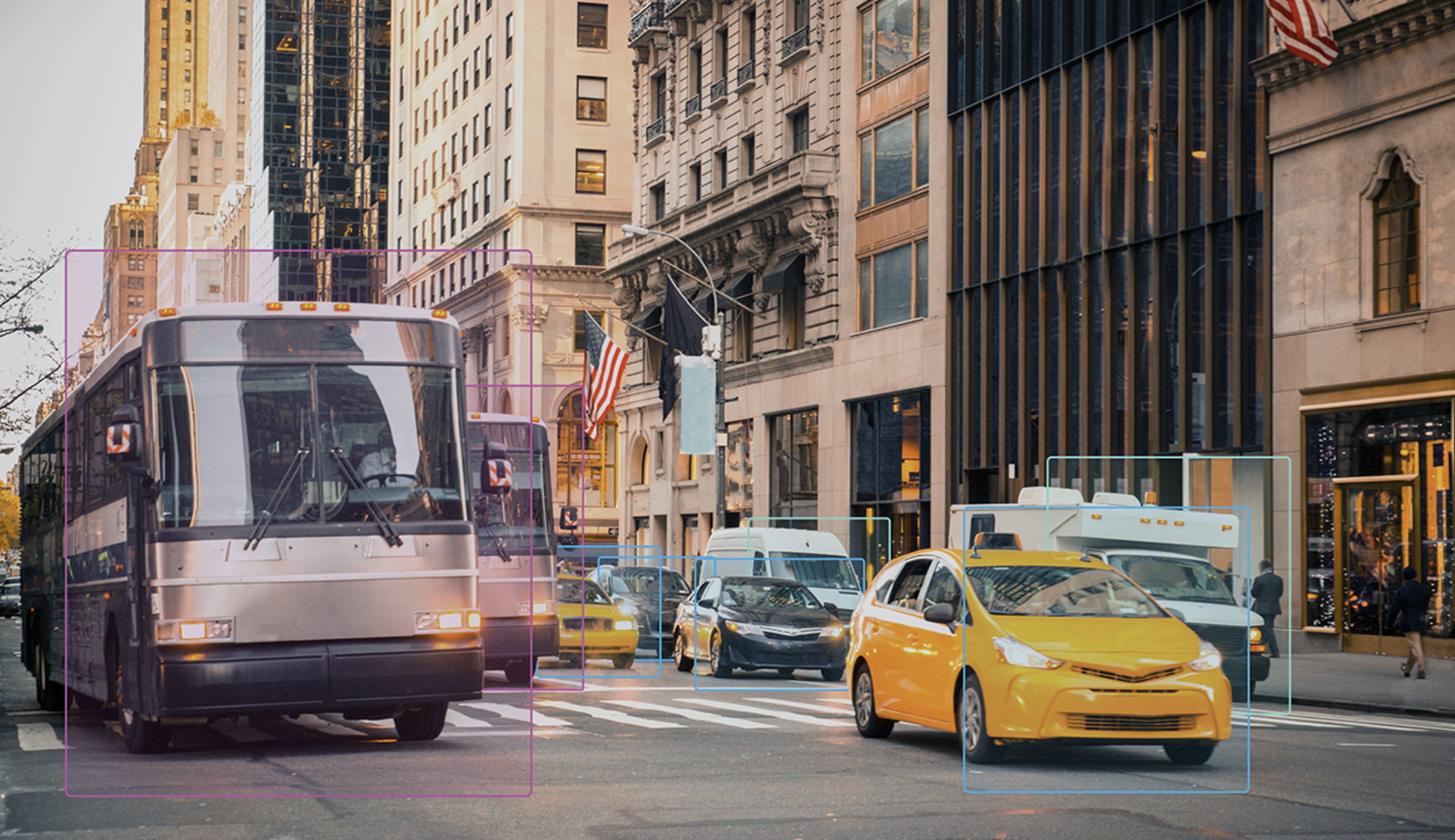Two U.S. Senators are pushing a bill that would allocate $287 billion to fix the nation's crumbling roads and bridges — with less than one percent of it set aside to keep cyclists and pedestrians safe.
The chairman of the Senate Committee on Environment John Barrasso (R-Wyo.), and the committee's ranking Democrat Tom Carper (D-Del.) introduced their bipartisan, five-year transportation infrastructure proposal on Monday, calling for a 27-percent hike in spending from the $226-billion package that expires this year.
But a bill that would increase road-building by $61 billion could find only $350 million more for cycling and pedestrian infrastructure, boosting it from $850 million per year to $1.2 billion, a 40-percent increase, plus subsequent annual increases for inflation. The League of American Cyclists said it was more than they expected, but the advocacy group acknowledged Congress could go further.
"If the 2015 FAST Act was a sharrow, the Senate's first draft of the next Transportation bill is at least a buffered bike lane. The bill includes some big upgrades but we can still do better," the bike league tweeted.
If the 2015 FAST Act was a sharrow, the Senate's first draft of the next Transportation bill is at least a buffered bike lane. The bill includes some big upgrades but we can still do better. Get @CaronWhitaker's full rundown of what's in the 400-page bill: https://t.co/3Sh8zVn7t6
— League of American Bicyclists (@BikeLeague) July 29, 2019
The bill includes a provision that states and municipalities with a higher than average number of traffic deaths must spend the money on bike and pedestrian safety. And there are new incentive grants for states and cities to reduce fatality rates over time. But "safety" means something different to a cyclist than it does to a Washington senator. Basically, it's a definition of safety that considers terrorism, not everyday vehicular violence, as the main danger to cyclists and pedestrians.
As such, the bill calls for "a competitive grant pilot program to provide assistance to local government entities for bollard installation projects designed to prevent pedestrian injuries and acts of terrorism in areas used by large numbers of pedestrians."
So much for those protected bike lanes.
The overall bill, of course, is about building and repairing roads and bridges. Barrasso and Carper said in a CNN editorial that the new funding was necessary to begin work mending nearly 200,000 miles of highways in need of repair and refurbishing 47,000 "structurally deficient" bridges to ensure Americans across the country can travel safely.
Under the new proposal, states will receive 90 percent of the funds automatically and have some flexibility to determine which projects should receive priority.
"The bill cuts Washington red tape, so road construction can get done faster, better, cheaper, and smarter," Barrasso said in a statement. "It will help create jobs and support our strong, growing, and healthy economy."
The infrastructure bill adds a new program to spend $200 million over five years for states to reduce traffic congestion. And for the first time ever, the proposal adds $4.9 billion in new funding to fortify roads and bridges from wildfires, hurricanes, and floods. Localities can compete for $1 billion of that pot of storm funding for projects to improve states' resiliency efforts and design emergency evacuation routes.






